The Partition of India in 1947 was the division of British India into the independent Dominions of India and Pakistan. This momentous event, coinciding with India’s independence from British rule, resulted in one of the largest mass migrations in human history and was accompanied by horrific communal violence between Hindus, Muslims, and Sikhs. The Partition remains a deeply traumatic and complex chapter in the history of the Indian subcontinent, with enduring legacies that continue to shape the region today.
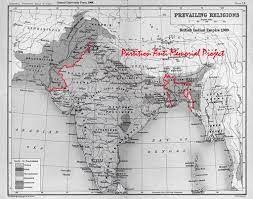
Background: Two-Nation Theory and Communalism:
The Partition was rooted in the rise of communalism, particularly the Two-Nation Theory, which posited that Hindus and Muslims of British India constituted two distinct nations and therefore should have separate states.
- Rise of Muslim League: The Muslim League, led by Muhammad Ali Jinnah, became the primary advocate for a separate Muslim state, Pakistan. They argued that Muslims were a minority in India and needed a separate nation to protect their rights and interests from Hindu majority rule.
- Communal Tensions: Communal tensions between Hindus and Muslims had existed for centuries but were exacerbated during the British colonial period. Political mobilization along religious lines, competition for resources and political power, and instances of communal violence contributed to the growing divide.
- British Policy of Divide and Rule: Some historians argue that British policies, consciously or unconsciously, contributed to communal divisions in India, though the extent of this role is debated.
Events Leading to Partition:
The decision to partition India was made in the context of growing demands for independence and escalating communal violence.
- Post-World War II Context: After World War II, the British government recognized that it could no longer sustain colonial rule in India. The Indian Independence Movement had gained immense momentum.
- Negotiations and the Mountbatten Plan: Complex negotiations took place between the British government, the Indian National Congress, and the Muslim League regarding the terms of independence. The Mountbatten Plan, announced in June 1947, outlined the plan for partitioning India and granting independence to both India and Pakistan.
- Acceptance of Partition: While Mahatma Gandhi initially opposed Partition, key leaders of the Congress, including Jawaharlal Nehru and Sardar Vallabhbhai Patel, eventually accepted it as a painful necessity to avoid further bloodshed and achieve independence. The Muslim League under Jinnah was adamant about Partition.
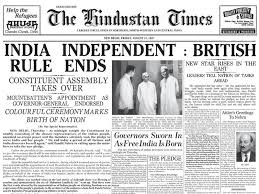
The Radcliffe Line and Boundary Demarcation:
The boundary between India and Pakistan, known as the Radcliffe Line, was hastily drawn by a boundary commission chaired by Sir Cyril Radcliffe.
- Hurried and Flawed Process: The boundary demarcation process was rushed and poorly executed. Radcliffe, who had never visited India before, was given just weeks to draw the borders based on incomplete data and amidst immense political pressure.
- Arbitrary Division: The Radcliffe Line arbitrarily divided provinces like Punjab and Bengal, cutting through villages, towns, and even families. The division often disregarded geographical contiguity, economic considerations, and local realities.
- Confusion and Chaos: The rushed and flawed boundary demarcation contributed to widespread confusion and chaos during the Partition, as people were often unsure of where they belonged and which side of the border their homes and villages fell on.
Mass Migration and Violence:
The Partition triggered one of the largest and most tragic mass migrations in human history.
- Millions Displaced: Millions of Hindus and Sikhs in areas that became Pakistan migrated to India, and millions of Muslims in areas that became India migrated to Pakistan. Estimates of the total number of displaced people range from 10 to 20 million.
- Communal Violence: The migration was accompanied by horrific communal violence on both sides of the border. Hindus, Muslims, and Sikhs targeted each other in brutal attacks, massacres, and widespread atrocities.
- Loss of Life and Trauma: Estimates of the death toll during the Partition vary widely, ranging from hundreds of thousands to perhaps over a million. Millions more were injured, raped, abducted, and suffered immense trauma and loss.
Immediate Aftermath and Long-Term Consequences:
The Partition had immediate and long-lasting consequences for the Indian subcontinent.
- Refugee Crisis: Both India and Pakistan faced a massive refugee crisis, with millions of displaced people requiring shelter, food, and rehabilitation. The resettlement of refugees posed immense challenges for both newly independent nations.
- Unresolved Kashmir Issue: The status of the princely state of Jammu and Kashmir remained unresolved at the time of Partition, leading to the first Indo-Pakistani War in 1947-48 and the ongoing Kashmir conflict, which continues to be a major source of tension between India and Pakistan.
- Enduring Political Tensions: Partition created deep-seated political tensions and animosity between India and Pakistan, leading to multiple wars and continued border disputes.
- Communalism and Identity Politics: Partition reinforced communal identities and contributed to the persistence of communalism and religious polarization in both India and Pakistan.
- Lasting Psychological Impact: The trauma of Partition continues to affect generations in India and Pakistan. The memories of violence, displacement, and loss are deeply embedded in the collective memory of the subcontinent.
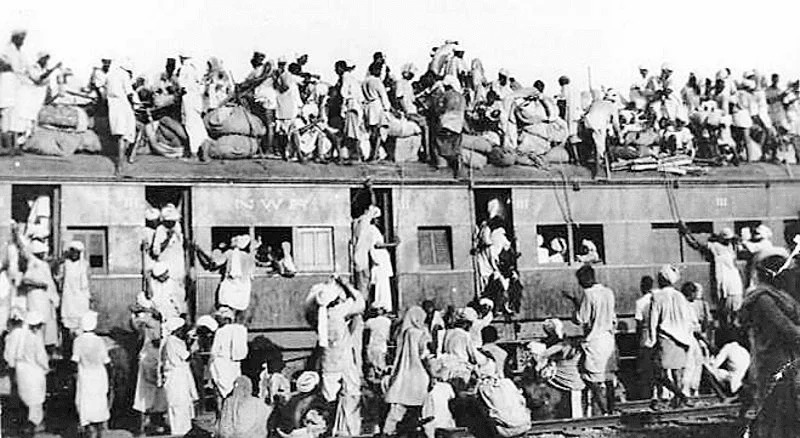
Legacy and Remembrance:
The Partition of India remains a deeply sensitive and contested part of history.
- Remembered as Tragedy: It is widely remembered as a tragedy, a period of immense suffering, violence, and displacement.
- Efforts for Reconciliation: There are ongoing efforts on both sides of the border to promote reconciliation, dialogue, and understanding between India and Pakistan, and to address the legacy of Partition.
- Historical Significance: The Partition remains a crucial event for understanding the history, politics, and social dynamics of the Indian subcontinent. Its legacy continues to shape the region and its relationship with the past.
The Partition of India stands as a stark reminder of the devastating consequences of communalism, political division, and hasty decisions, leaving an enduring scar on the history and psyche of the Indian subcontinent.


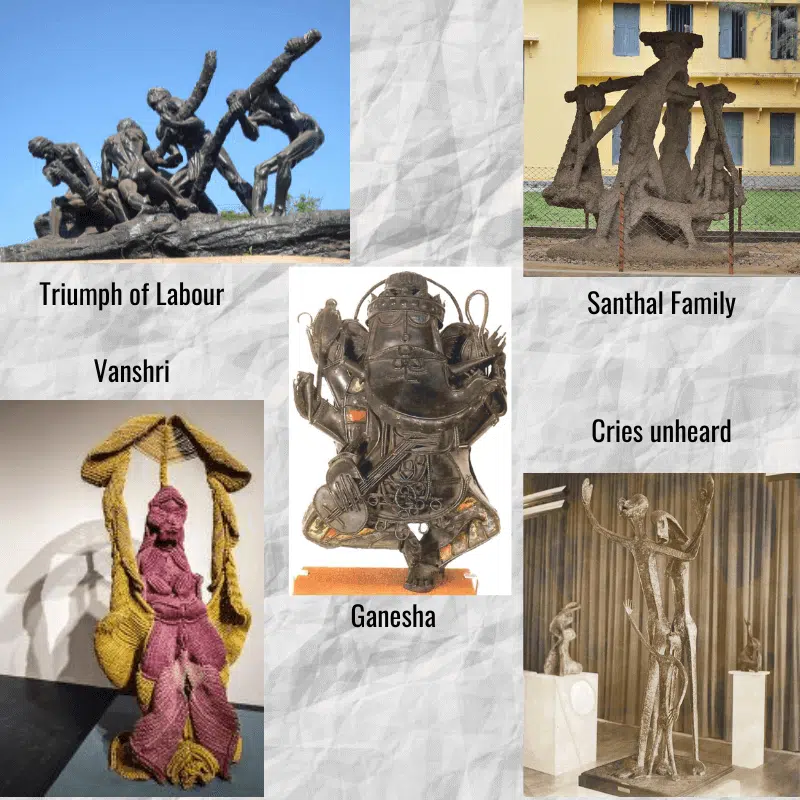
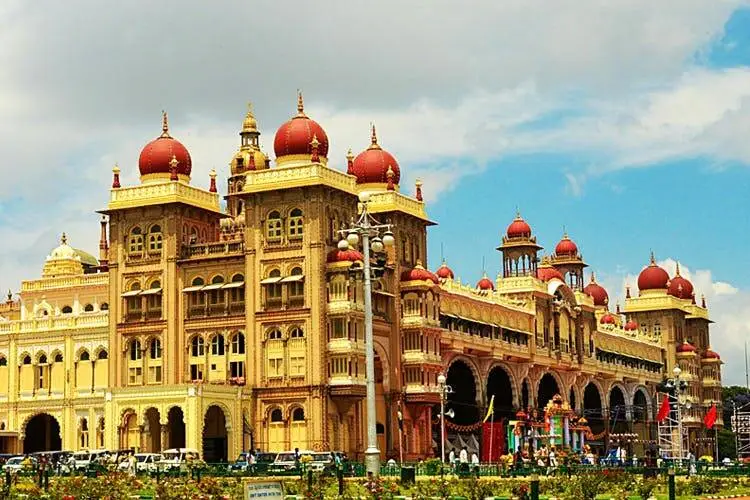
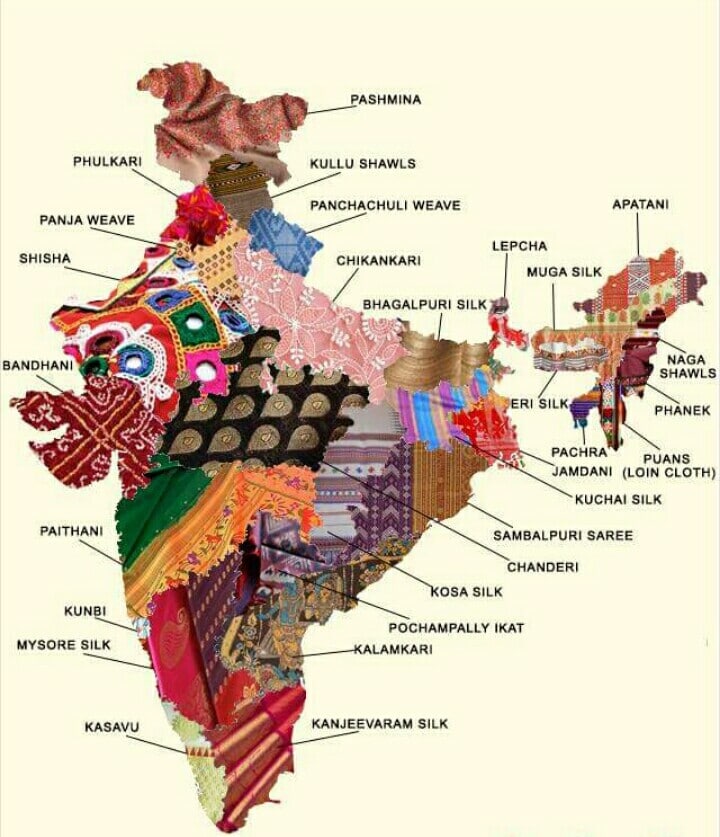

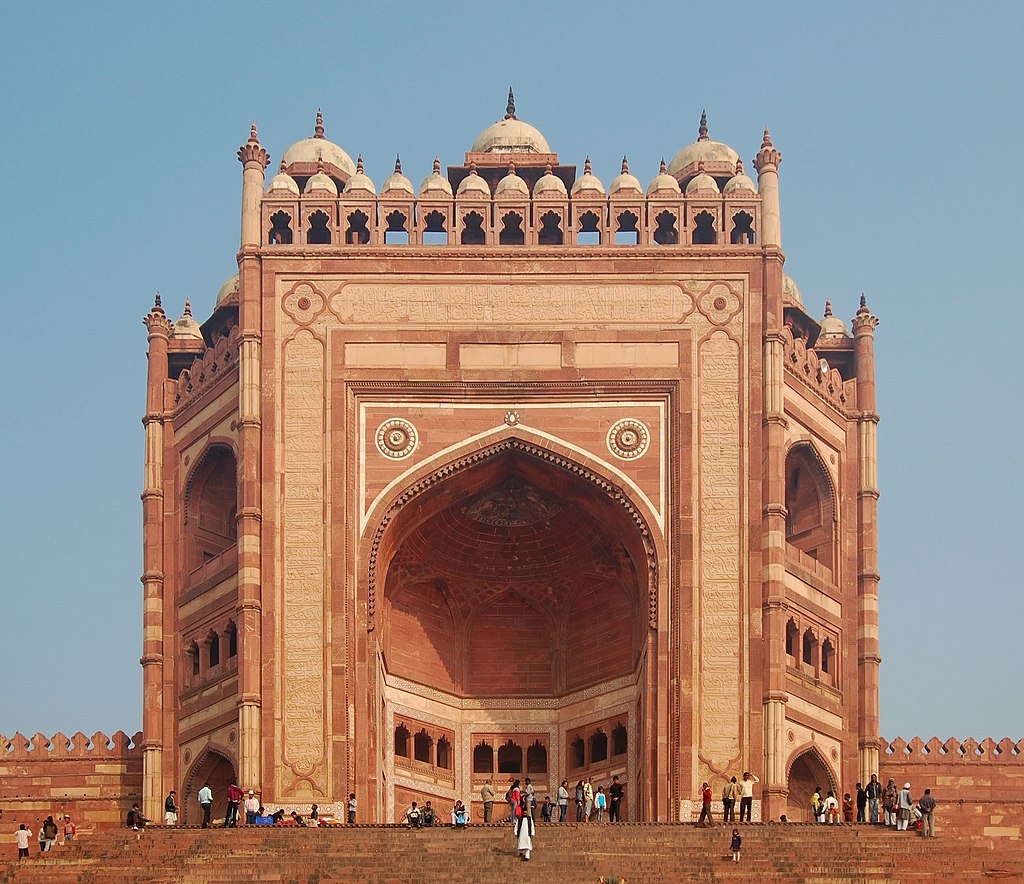
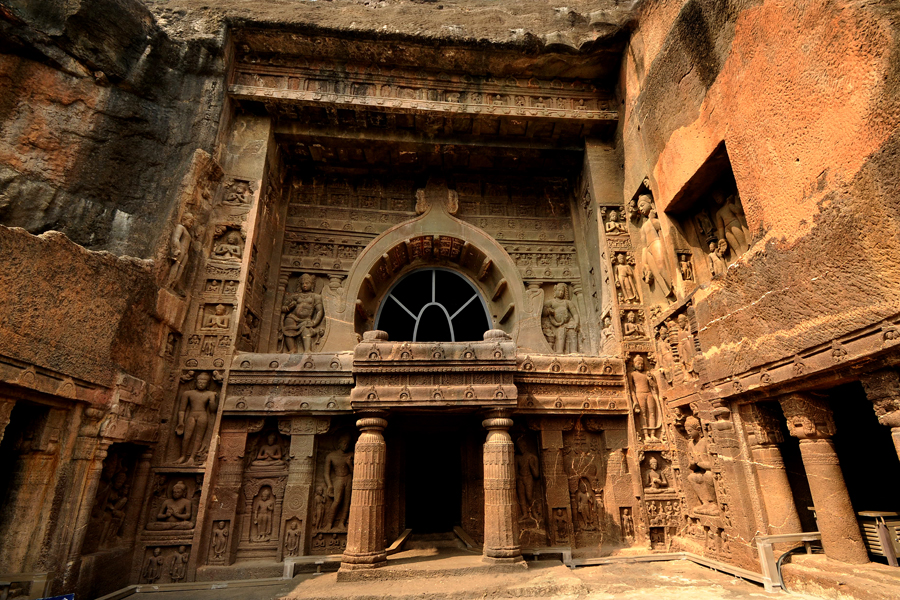
Leave feedback about this